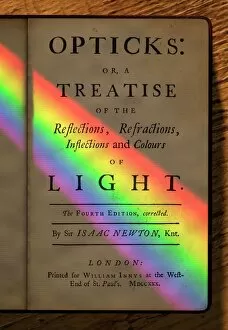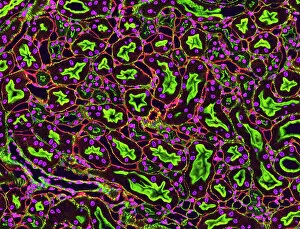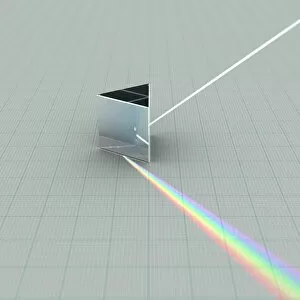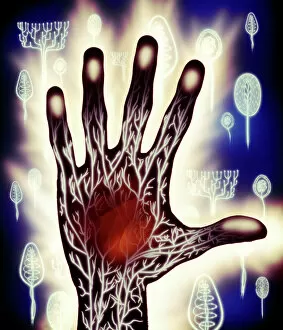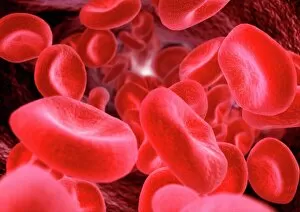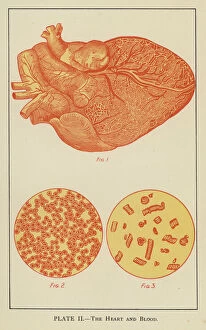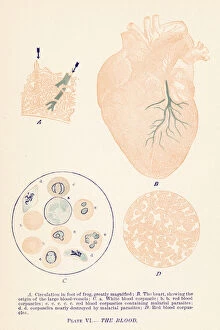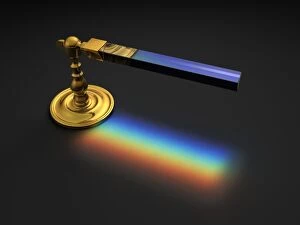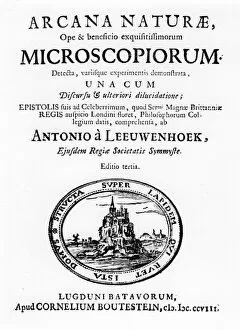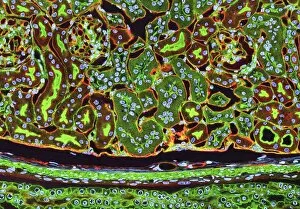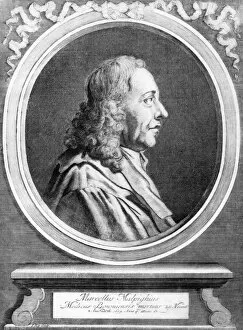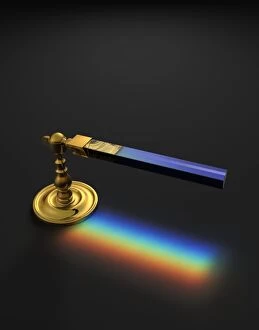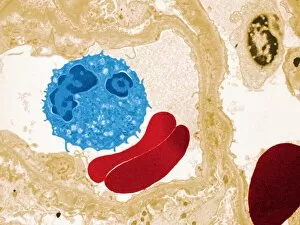Corpuscles Collection
"Unveiling the Wonders of Corpuscles: From Newton's Opticks to Leeuwenhoek's Microscopium" Exploring the Secrets of Light
For sale as Licensed Images
Choose your image, Select your licence and Download the media
"Unveiling the Wonders of Corpuscles: From Newton's Opticks to Leeuwenhoek's Microscopium" Exploring the Secrets of Light: Newton's Opticks and the Color Spectrum Journey into the Kidney: Unraveling Corpuscles in Tubules Section The Prism's Magic: Revealing the Refraction of Color Spectrum Sensory Marvels: Unveiling Touch Receptors and Corpuscles' Role Red Blood Cells in Focus: A Computer Artwork that Captivates The Heart's Symphony with Blood: An Exquisite Color Lithograph Delving into Life Force: Examining Corpuscles through a Vibrant Lithograph 19th Century Flint Glass Prism L. tif C008 / 9532 - Unlocking Hidden Colors within Corpuscles Anton van Leeuwenhoek, Pioneer Microscopist, Introduces us to Microscopic World on Title Page of Microscopium Magnifying Life Essence.

